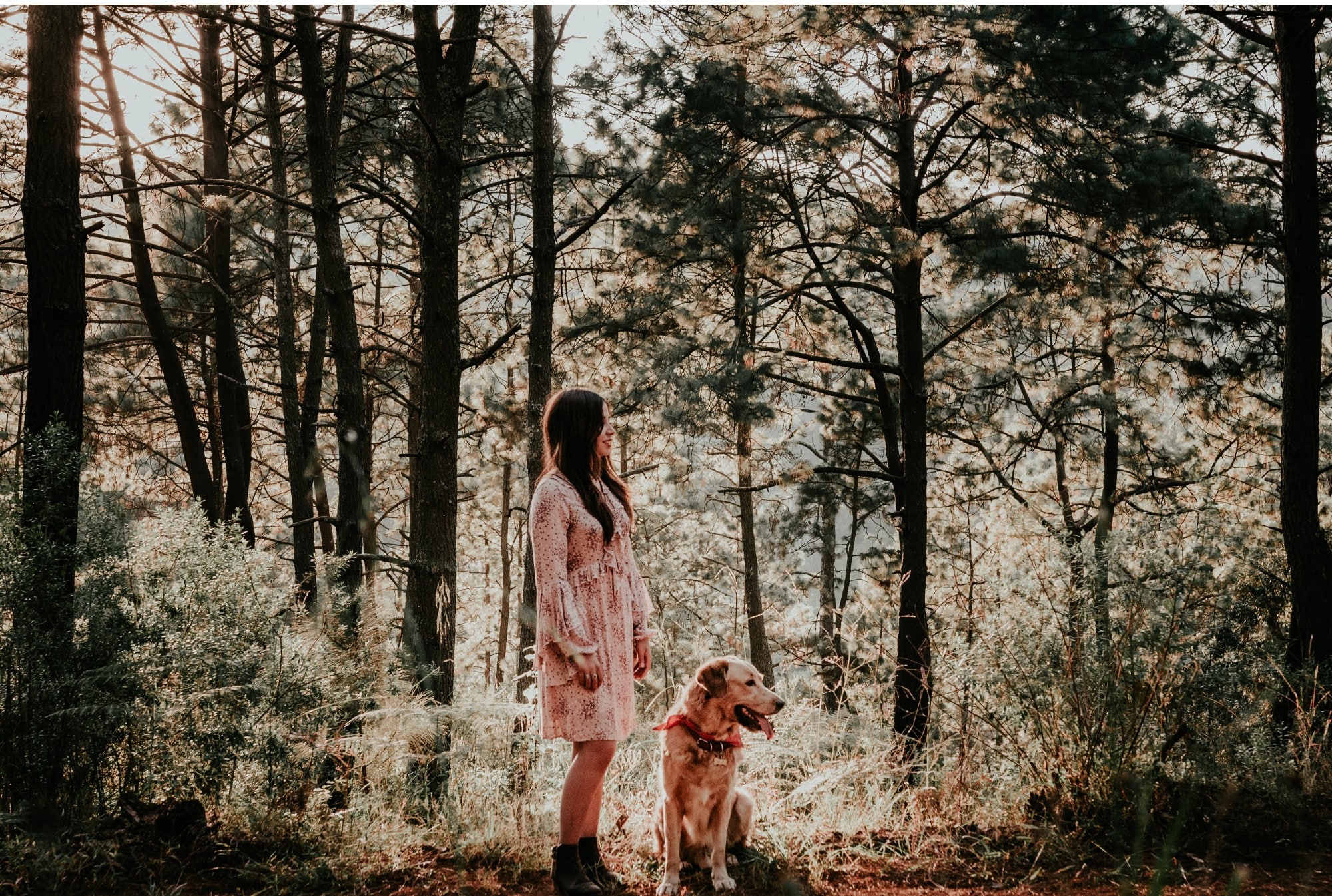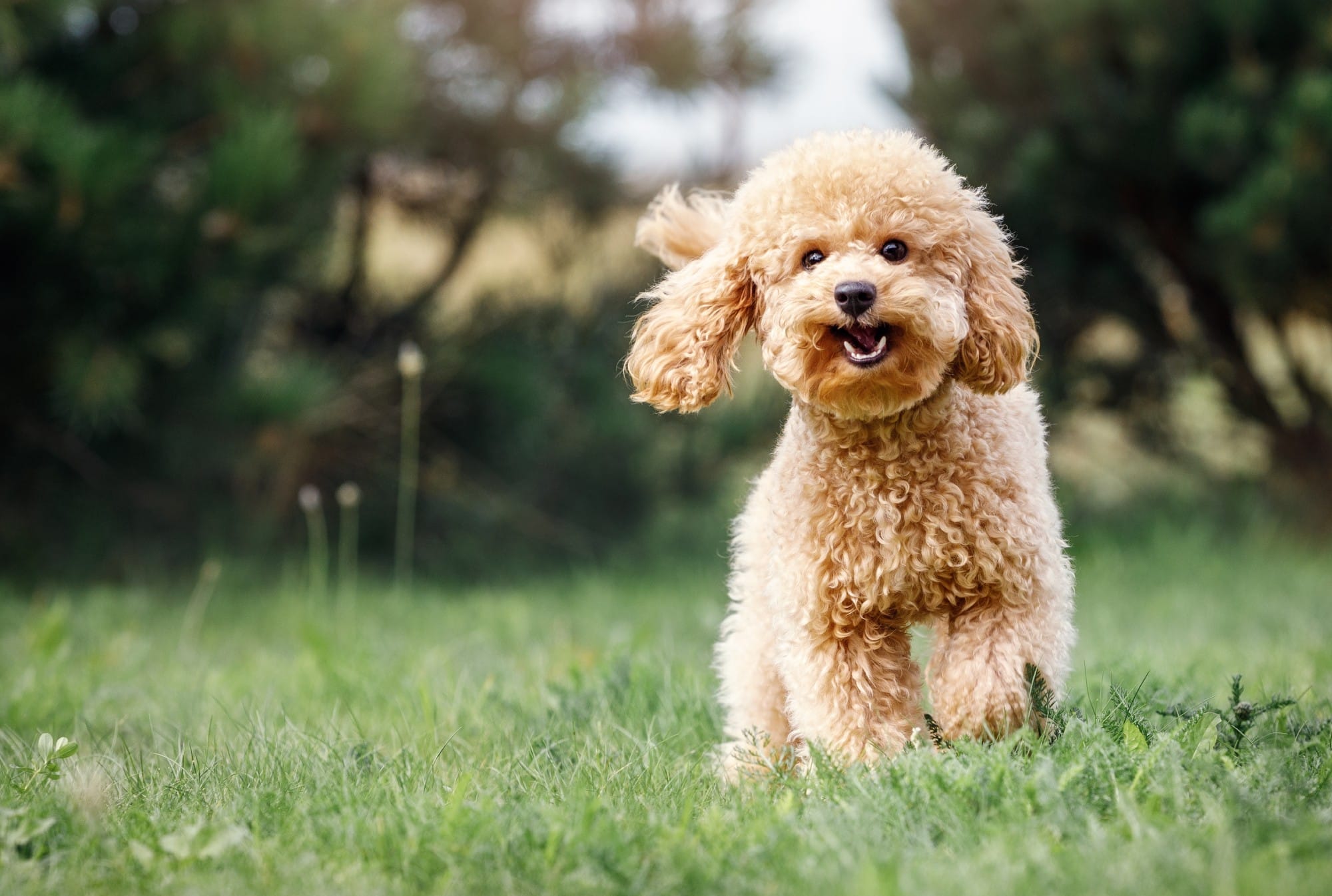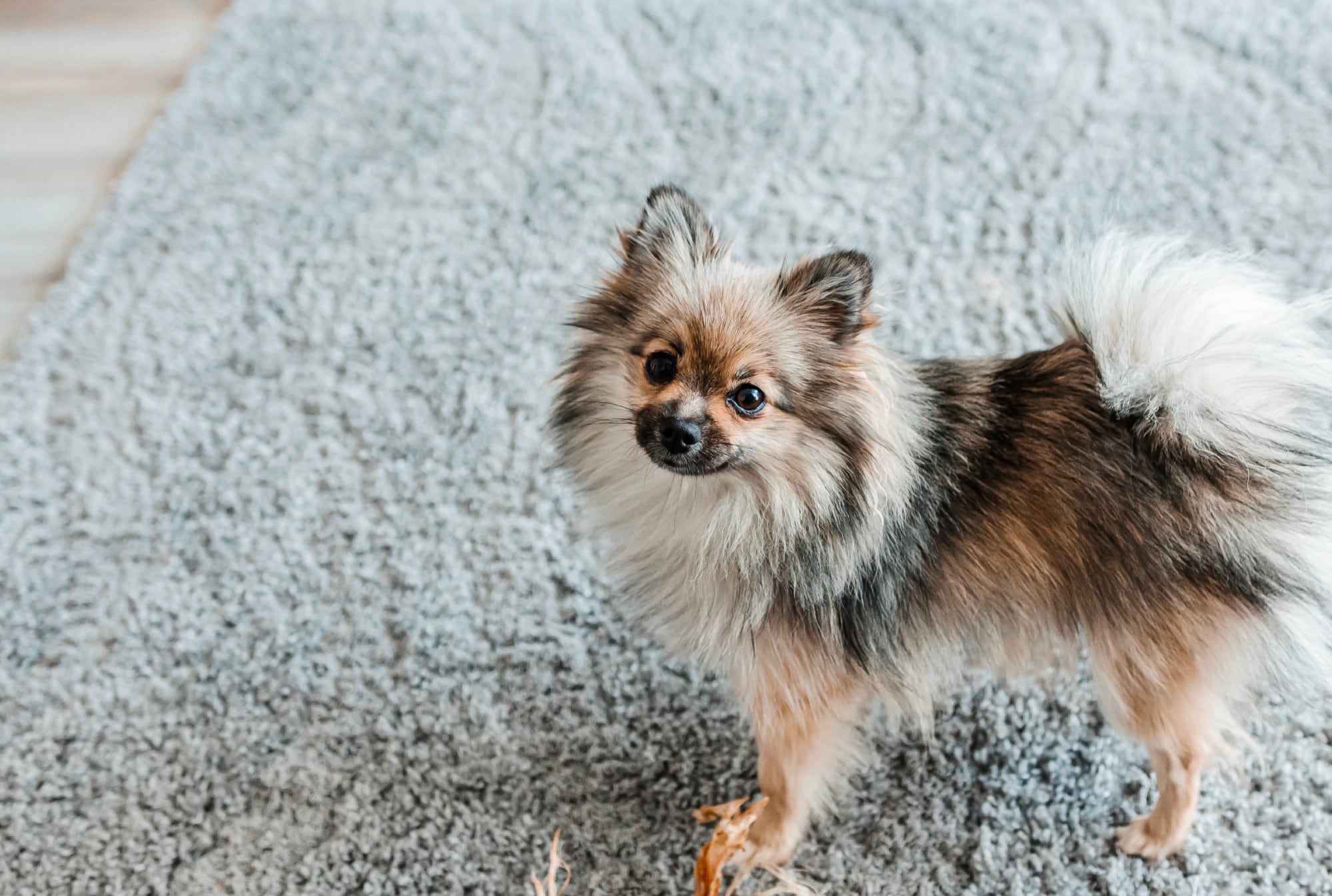Ever caught your furry friend turning your backyard into a makeshift minefield? Or perhaps witnessed her trying to outdo professional excavators while burying her favorite bone? Our four-legged friends seem to have an inexplicable knack for literally digging up trouble. But fear not, it can be fixed.
We spoke to a veterinarian to understand why dogs dig, tips to put the kibosh on the dirt-flinging spree, and creative ways to keep our pups mentally stimulated.
The Top Reasons Dogs Dig
Ancient Hoarding Instinct: Let’s go back in time and imagine you’re a wild canine, living in the untamed expanses of forests and plains. There’s no couch to take a nap, no mom or dad to buy you squeaky toys, or feed you twice a day. The Land Before Kibble was not an easy place to live, and dogs had to rely on hunting and scavenging to feed themselves. It was often exhausting, with pups often walking for hours to find something to eat.
It’s no surprise, then, that when food was finally located, dogs would want to hold on to it. “In the wild, canines like wolves would often bury their food or valuable items, such as bones, to protect them from scavengers or to save them for later consumption,” explains Dr. Kathryn Rosalie Dench, a veterinary surgeon. “This instinctual behavior has been passed down through generations and is still present in many domesticated dogs today.”
Related: Dog-Proof Your Outdoor Oasis: 4 Landscaping Tips for a Lush and Pup-Friendly Yard
Security and Comfort: Just like you might have a secret hiding spot for that favorite snack, your dog also likes having a safe spot for his prized possessions. “By burying objects, he may feel a sense of comfort and safety,” Dr. Dench explains. “This behavior can be seen when dogs bury toys or bones under blankets or pillows, mimicking the feeling of creating a den or nest.”
For many dogs, having their items tucked away safely gives them a sense of control over their environment — even if it’s just the safety of being under your couch pillows.
Named Cora the Crab, the toy is made from durable recycled materials, making it perfect for chewers, fetchers, wrestlers — and diggers. The panels are woven together with double stitching and reinforced with a second layer of cloth while the squeaker is puncture proof, providing lots of fun for your pooch. Always supervise your dog during playtime.
Natural Instinct to Dig: In addition to the desire to hide things, dogs often dig just because digging feels natural to them. “Dogs are diggers by nature, and digging and burying often go hand in hand,” says Dr. Dench. “They may find pleasure in digging holes or creating hiding spots, as it engages their natural instincts and provides mental stimulation.” Some breeds, including hunting dogs, were bred to dog out a prey’s den, chase pests from their burrows, or to tunnel through the earth.
Relieve Stress and Boredom: Dogs need mental stimulation just as much as physical enrichment, and if they don’t get enough, they may get anxious. If dogs are left along for long period of times, they may try to entertain themselves with digging. Or if they have separation anxiety, they could turn to digging as a way to calm themselves. They could also dig to get your attention — a playful way of saying, “Hey, remember me?
Denning: Dogs may dig to create a shelter as a way to regulate their temperature. When it is hot outside, some pups will dig a hole in the dirt to help them cool down, while other dogs, like Siberian Huskies or Malamutes, dig dens to keep them warmer in cooler seasons.
Couch Diggers and Bed Burrowers: Have a canine companion whose favorite pastime is trying to dig out a crater in your couch, bed, or blankets? It’s because your home is where all the scents are. These scents — anything from mom’s smell to a whiff of that popcorn you ate last night — can sometimes trigger a dog’s digging instinct. They also may dig to mark their territory, like a dog bed, with their scent, or as mentioned above, it is similar to digging a den outdoors.
If you are looking for the perfect dog bed to go with your modern, boho, airy décor, look no further than this vegan leather dog bed from Brooklyn brand Blvd Co. The faux leather dog couch is comfortable, supportive and oh-so stylish. It has orthopedic memory foam throughout, its interior liner is liquid resistant, and the bottom is anti-slip.
What to Stop Your Dog From Digging
If your dog has taken up the hobby of digging and you’re aiming to quell this enthusiasm while keeping their mental gears turning, consider these dual-purpose strategies:
Designate a Digging Zone: Dogs often dig out of instinct, so provide them with an approved digging spot. Set up a designated area in your yard, perhaps a box filled with soft sand or loose soil. Encourage them to dig there by burying toys or treats for them to discover.
Related: How to Create the Ultimate Backyard for Your Dog
Engaging Toys and Puzzles: Mental stimulation can divert their energy from digging. Offer a variety of interactive toys, puzzle feeders, and chew toys to keep their minds occupied. This engages their natural problem-solving skills and redirects their focus.
Regular Exercise: A tired dog is a happy dog. Engage in regular exercise routines that challenge them physically and mentally. Go for a stroll, have puppy play dates, play fetch, engage in training sessions, or try agility games.
Hide and Seek: Incorporate fun games like hide and seek into your routine. Hide treats around the yard or home and encourage them to find them. This taps into their scent-tracking instincts while providing mental enrichment.
Training Sessions: Engage your dog in training exercises to keep their minds sharp. Teach them new tricks, commands, or even basic obedience tasks. Positive reinforcement training not only exercises their brains but also strengthens your bond.
Rotating Toys: Don’t offer all their toys at once. Rotate toys to keep them novel and exciting. This prevents boredom and ensures they’re mentally engaged with the toys they have.
Not only do these toys make playtime more fun, but they are just way too pretty to hide with the rest of the toys. Made of natural wool, the links are handcrafted by artisans in Nepal using non-toxic dyed fibers. The toy link is perfect for gentle chewing, tossing, and tug. Plus, the natural fibers clean your dog’s teeth while playing. .
Interactive Feeding: Instead of simply placing their food in a bowl, make them work for it. Use puzzle feeders or scatter their kibble around the yard for them to find. This taps into their natural foraging instincts.
Sensory Experiences: Allow your dog to explore various textures, scents, and sounds in their environment. Walks in different areas, playdates with other dogs, and nature hikes offer a sensory smorgasbord that keeps their minds engaged.
Related: How to Have an Awesome Sniffing Walk for Your Dog
Quality Time: Spend quality time with your dog. Engage in activities they love, whether it’s a game of tug-of-war, a leisurely walk, or cuddle time. Positive attention from you goes a long way in keeping them happy and mentally fulfilled.
Professional Guidance: If digging persists, consult a professional dog trainer or animal behaviorist. They can provide tailored guidance to address the digging behavior and ensure your dog’s mental well-being.
Remember, a combination of redirecting your dog’s energy, offering mental challenges, and creating positive associations can help prevent digging while keeping your bestie mentally stimulated and happy.





















